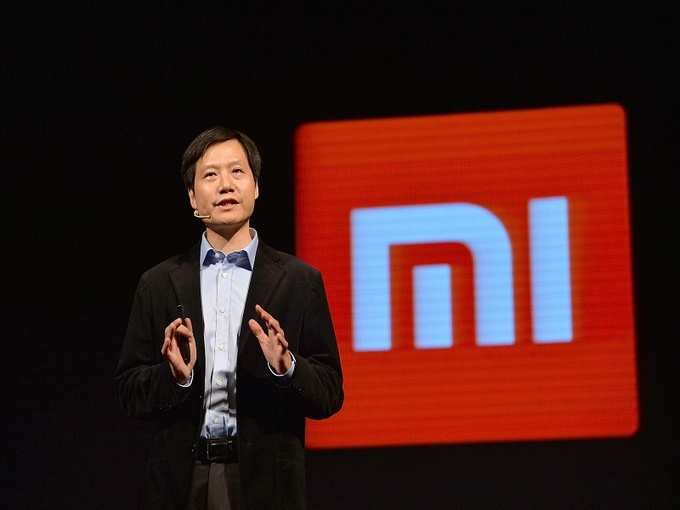 The worst may be over for
The worst may be over for The Chinese smartphone maker once compared with Apple Inc has resumed growth and its global revenue is expected to surpass $15 billion this year as an expensive gamble on India pays off, billionaire co-founder Lei Jun said. After spending $500 million in the subcontinent since its debut two years ago, he pledged another
Xiaomi's had a challenging few years but its business is once again expanding at a healthy clip, Lei said in an interview. He expects to double revenue in India this year to $2 billion. Beyond hardware, the company chalked up $1 billion of revenue in 2016 via the 10 million-plus active users of its suite of mobile apps and services, he added.
Lei is betting India holds the key to rejuvenating Xiaomi, a brand that once ruled the roost in China but has since been eclipsed by local rivals.
"We faced many challenges. Many negative reports about us," Lei, flanked by a bevy of subordinates, told Bloomberg through a translator at Xiaomi's offices in the suburbs of Bangalore. "But it was never as bad as it was made out to be. We have gone back to healthy growth. We will resume rapid growth in the next two years."
Also read: How much more brands can India’s handset market absorb?
India is attracting foreign players as global demand for mobile devices stagnates. Xiaomi, valued at $45 billion in 2014, is among a clutch of Chinese smartphone makers that have pushed aside local vendors such as Micromax Informatics Ltd. by hawking cheap ydependable devices. Lei's company ranked behind Samsung Electronics Co. in Indian market shipments last year, though Chinese peers such as Oppo aren't far behind.
Getting Behind Modi
The country is Xiaomi's most important overseas market, a springboard for its long-envisioned global expansion. It's now getting behind Prime Minister Narendra Modi's "Make in India" initiative. Xiaomi joins a growing list of foreign names, from Huawei to
Xiaomi's Indian shipments grew 15.3 percent in the fourth quarter, beating the industry's 5.2 percent, according to research firm IDC. That jump stood out given that the Indian government's "demonetization" move to scrap certain rupee notes dragged down smartphone sales in late 2016. It commanded 10.7 percent of the market, taking second place and edging past Lenovo Group Ltd. Samsung controlled a quarter of the market, but its shipments shrank on a quarterly basis, said IDC.
Xiaomi's success in India came despite a lack of progress in key areas like Europe, the U.S. and South America. Its drive into the Asian country was spearheaded by former international head Hugo Barra, who left for Facebook Inc. in January as Xiaomi's global expansion stalled. It pulled out of Brazil a few months back, while Huawei Technologies Co. is the dominant Chinese brand in developed markets like Europe. Barra once said Xiaomi was prepared to enter the U.S. market, though for now it only sells ear buds and power banks to Americans.
Back home, Xiaomi is on the verge of becoming an also-ran, a painful reversal from the stunning ascent that crowned it the country's most valuable technology startup in 2014. It's ceded ground rapidly to local rivals in just the past two years:
While new products require spending on marketing and research, Lei said Xiaomi for now didn't need to raise additional capital. He also wouldn't address persistent speculation about an initial public offering down the road.
"We have more than enough cash," he said.
(Image source: Android Beat)
